Ohio University named five professors from physics, engineering, communications and business as its 2021-22 Presidential Research Scholars.
“These faculty are internationally recognized for their success in advancing the state of knowledge in their respective fields,” said Joseph Shields, vice president for research and creative activity. “We are fortunate to have such accomplished individuals as colleagues and mentors for students, and their stature is important in defining OHIO’s reputation as a research university.”
The Presidential Research Scholars awards program is targeted to faculty members who have garnered national and international prominence in research, scholarship and creative activity and who demonstrate clear promise for continued, significant productivity in their research or creative activity.
Each award recipient receives $3,000 to be used at the scholar’s discretion as an honorarium or to support research or creative works.
This year, applications were sought in the categories of Social and Behavioral Sciences and Physical Sciences and Engineering. Next year, applications will be solicited for Life and Biomedical Sciences and Arts and Humanities.
Julie Roche: Developing a 3-D picture of the proton to test the Strong Force
Dr. Julie Roche is a professor of Physics & Astronomy in the College of Arts & Sciences and director of the Institute of Nuclear and Particle Physics(opens in a new window). She is an experimental nuclear physicist who performs experiments at the Thomas Jefferson National Accelerator Facility, where she has served in multiple leadership roles. The National Science Foundation has continuously funded her work since 2006.
“Protons and neutrons, which make up the nuclei at the center of atoms, are composite particles. They in turn are made up of quarks, which are held together by particles called gluons, the messengers of the Strong Force. Gluons are exchanged back and forth between quarks, and they are the source of the proton’s mass,” Roche said.
The Strong Force creates over 99 percent of the mass of the visible matter in the universe. Yet, the Strong Force is the least understood of the four known fundamental forces in our universe.
Roche and her colleagues’ experiments scatter electrons off proton targets. Then, detectors measure the direction and energy of the products of the collision. Roche’s current research goal is to produce a 3-D tomographic picture of the proton’s internal structure, akin to medical tomographies that produce sliced images of the body. This new approach to understanding the proton’s internal structure has the potential to revolutionize our understanding of the Strong Force.
Arthur Smith: Studying electronic materials with magnetic spins for potential new devices
Dr. Arthur Smith, professor of Physics & Astronomy in the College of Arts & Sciences, has been awarded nearly $8 million in external grant funding over his research career. Smith uses Scanning Tunneling Microscopy to view single atoms on material surfaces and molecular beam epitaxy to grow his own crystalline layer samples, one atom at a time.
But his work took a major turn in 2000.
One day, while scanning the surface of manganese nitride, a magnetic material, Smith and his students began to see a modulation due to the spins of the manganese atoms. This discovery marked a whole new direction for Smith’s lab, exploring spintronic materials, which combine normal electronic materials with magnetic spins and can lead to new devices with enhanced functionality and decreased power consumption.
Having a tool capable of seeing not only the atoms, but also their spins, positioned his group as a world leader in this area. Indeed, as noted by his colleagues in the field, Smith is one of the few researchers who designs and builds his own instrumentation, ensuring his lab is always conducting cutting-edge research.
“Most importantly for me is to never lose that sense of wonder and imagination I get when viewing the atomic arrangements of a new material’s surface and to hopefully impart this gift to my own students,” Smith said.
Jason Trembly: Finding ways to turn waste material into valuable products
Dr. Jason Trembly is the Russ Professor of Mechanical Engineering in the Russ College of Engineering and Technology and director of the Institute for Sustainable Energy and the Environment. His overarching research goal is to develop innovative, sustainable, and cost-effective solutions for the most urgent environmental problems facing the nation and Appalachia. To date, he has received more than $23 million in awards from the U.S. Department of Energy and other federal and state agencies and industry.
Trembly’s research is far-reaching and has focused on transforming mining, energy, water, and agricultural wastes into value-added products, such as building and construction materials, clean water, industrial feedstocks, and fertilizers.
He is currently working with CONSOL Energy and Engineered Profiles to commercialize sustainable carbon-based building materials, utilizing reclaimed mining wastes from Appalachia, which could result in new manufacturing facilities and jobs located in the region. He is also pivoting this technology towards 3D-printing of carbonized building structures and manufacturing carbon foams and graphite for building/construction, aerospace, defense, and lithium-ion battery applications.
“I place great emphasis in stimulating professional growth in research capabilities and independent program development of graduate students and am very proud of their achievements, as demonstrated by their awards and success subsequent to graduation.”
Benjamin Bates: Communicating with a purpose: healthier communities
Dr. Benjamin Bates is the Barbara Geralds Schoonover Professor of Health Communication in the Scripps College of Communication.
Bates uses communication to enact change, not simply observe it. Specifically, he focuses on questions of what constitutes health, how it can be attained, and community understandings of intervention options. His aim is to provide analysis and interpretation that can better public policy and health interventions.
“As a rhetorically trained scholar, the first focus of my research provides analysis of
existing health messages to identify strengths and weaknesses, as governments and nonprofit actors persuade or fail to persuade audiences to adopt health-promoting action,” Bates said. “As a scholar who wishes to intervene in the world, the second focus of my research uses communication theory and research methods to identify appropriate strategies for communication intervention to improve the health and wellbeing of the public, alongside and with members of the community in which the intervention is to take place.”
Bates has worked both nationally and internationally. Among his impacts are working with the Ohio University Infectious and Tropical Disease Institute and the Pontifical Catholic University of Ecuador’s Center for Research on Health in Latin America, where his team has transformed approaches to addressing communities impacted by Chagas disease.
Adam Rapp: Staying ahead of emerging issues to help companies succeed
Adam Rapp is the Ralph and Luci Schey Professor of Sales and executive director of the Ralph and Luci Schey Sales Center in the College of Business.
Rapp is passionate about helping customers and salespeople, and his research ideas are grounded in real-world business practices that add value to the business community and generate interest among academics.
Rapp has published his research in premier journals in marketing as well as applied psychology, with more than 8,000 citations, demonstrating the impact of his contributions.
Rapp notes that his research strategy is very straightforward. First, he is diligent in building company relationships, delivering value and demonstrating empathy. As an academic, Rapp is very aware that a businessperson is not concerned about an academic publication, but rather, wants help solving a problem, increasing performance, or addressing the deficiencies in their sales organization. Second, he tackles pressing issues or emerging research ideas, having examined the role of social media in salesperson and customer perceptions and now working in the area of artificial intelligence. Third, he endeavors to have impact, working on things that people truly care about.
Lastly, “I write and research about things that are enjoyable for me,” Rapp said. “I truly love the sales field. I am passionate about helping customers and salespeople, and my research enables that as much as my teaching.”


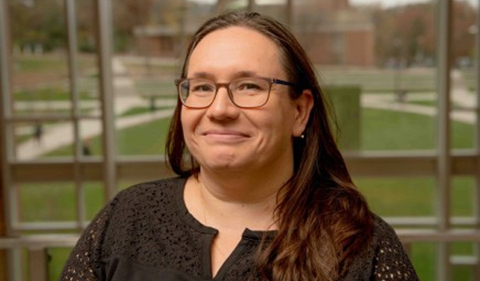
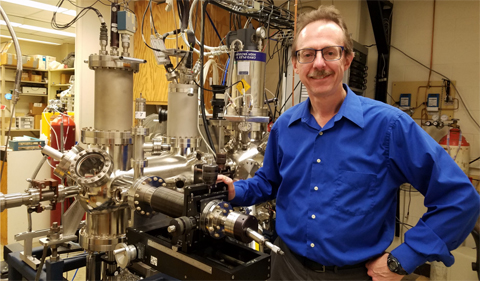
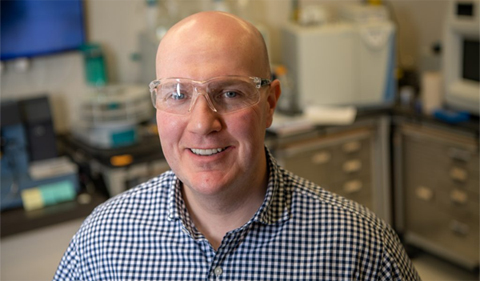
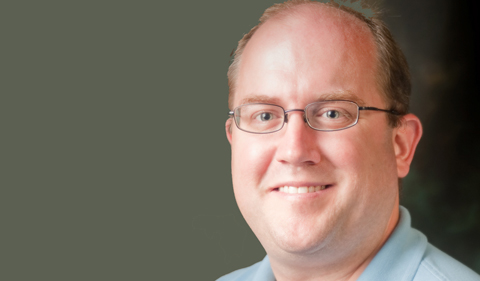
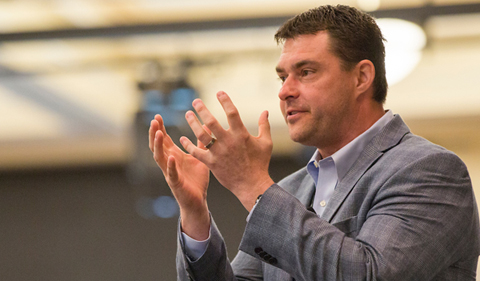

















Comments